This is the second in a series of Pet Columns highlighting our 2022 Impact Statistics.
You’ve seen them, wondered if they had food, hoped they would go away, and became frustrated when the colonies grew. Feral cats are a problem in our communities. Well-meaning people put food out, others use them for target practice, and municipalities fail to respond. As an animal lover, you certainly have wondered if there is a way to help.
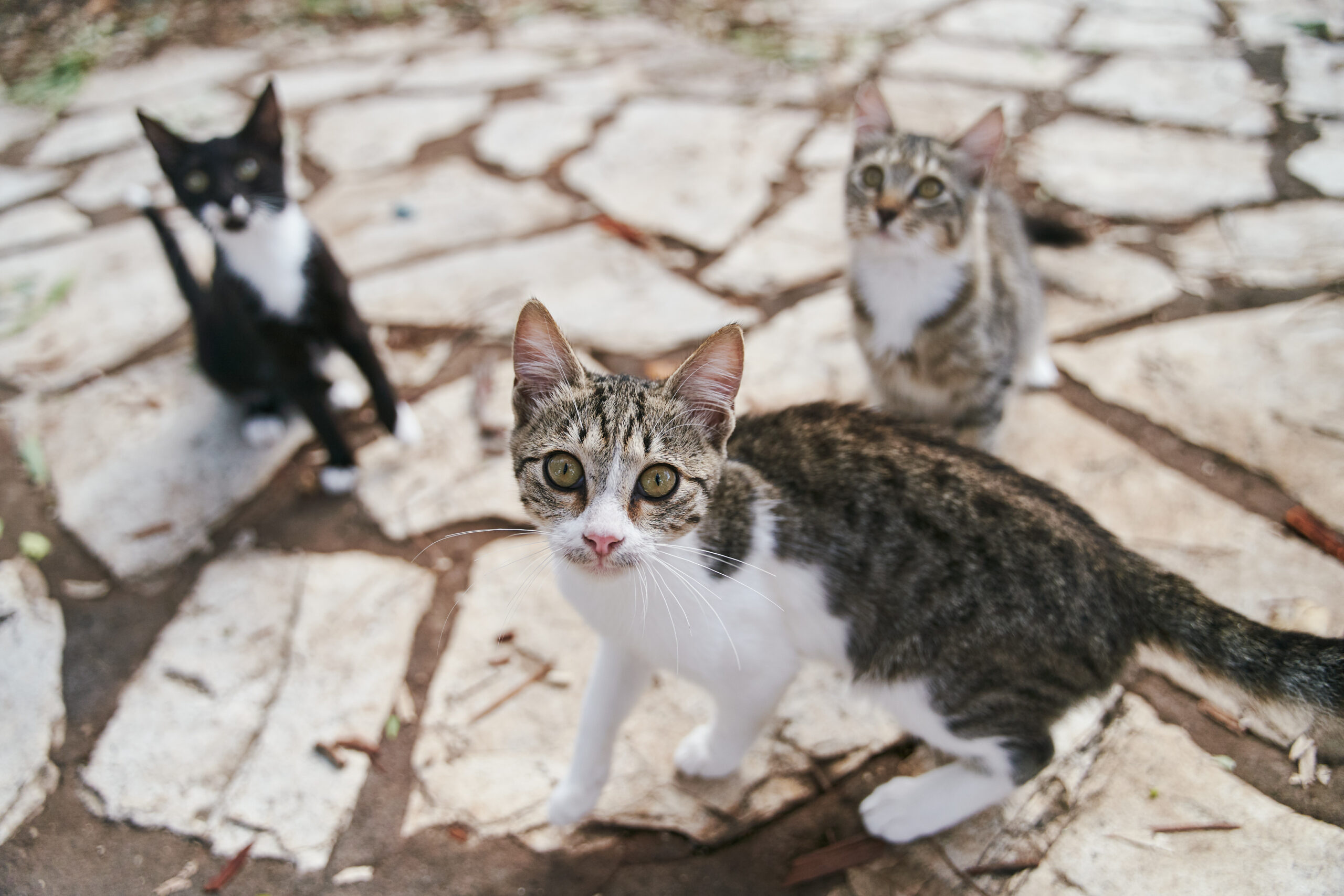
Nationwide, there are millions of feral cats, but only approximately 2% are sterilized. Trapping and euthanizing feral cats is a short-term, ineffective, unpopular, and costly strategy. Studies have proven that killing cats creates a bigger problem. With catch-and-kill policies, vaccinated and neutered cats are removed from an area, which creates a vacuum in the environment where new cats move in to take advantage of available resources. The new cats breed and the cat population grows. Catch-and-kill policies aren’t just cruel and ineffective, they go against what the public really wants: humane approaches to feral cats.
More and more communities are turning to TNR programs (Trap/Neuter/Return), where community cats are humanely trapped, brought to a veterinarian to be spayed or neutered, vaccinated, ear-tipped (the universal sign that a cat has been neutered and vaccinated), and returned to their outdoor home.
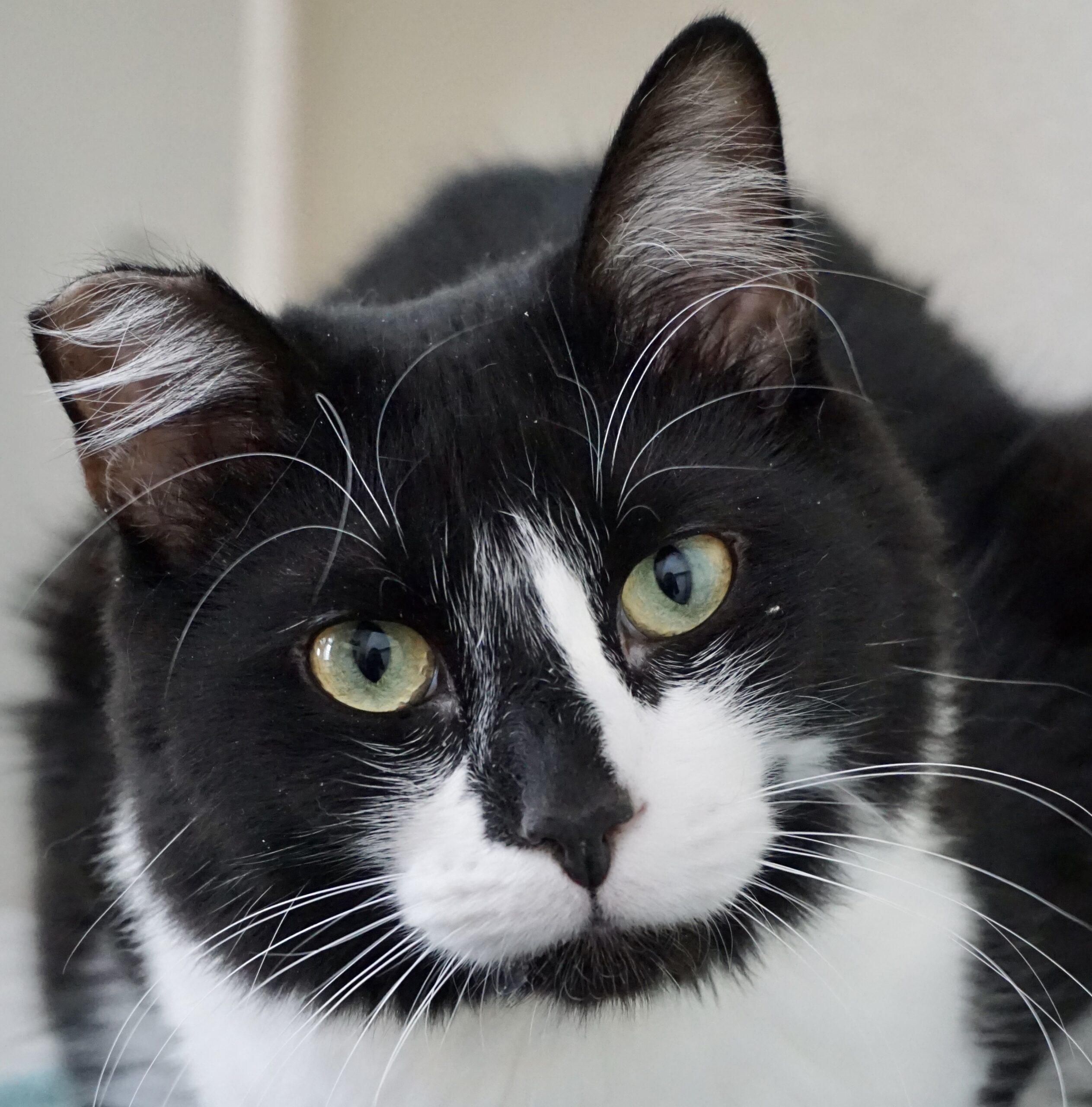
TNR saves cats’ lives and is effective. TNR improves the lives of cats, addresses community concerns, reduces complaints about cats, and stops the breeding cycle. TNR improves the co-existence between outdoor cats and humans in our shared environment. This is why so many cities are adopting it.
An example of TNR success is on the Atlantic City Boardwalk. The community had a sizable colony of cats in the popular tourist area of the city. Killing the cats did not control the population, but a successful TNR program has meant that no kittens have been born on the Boardwalk in years, the cats are relaxed, and in excellent health, and the population is small and manageable. The cats receive food, shelter, and the medical care they need and people in the nearby neighborhoods live happily alongside the community cats. “Boardwalk Cats” are now healthy, the population greatly reduced, and they are famous!
Second Chance Humane Society has been working with our communities to educate and conduct TNR programs. We have special rates for spaying and neutering feral cats, which includes vaccines and ear-tipping.
Our Feral Cat Program has effectively reduced feral cat populations within our area. Last year, we spayed/neutered, vaccinated, and ear-tipped 440 cats. This year, we have made it a priority to spay/neuter as many cats as financially possible. We are fundraising toward that goal in February- which is Spay/Neuter Awareness Month.
Read more about TNR by visiting our website
 My name is Mr. T, and I pity the fool who thinks I’m a feral cat. I’m actually a sweet, extra-large cat who was fending for myself on the streets, but I obviously knew love at some point in my life. Now, I’m safe, neutered, vaccinated, and loved while waiting for my forever home.
My name is Mr. T, and I pity the fool who thinks I’m a feral cat. I’m actually a sweet, extra-large cat who was fending for myself on the streets, but I obviously knew love at some point in my life. Now, I’m safe, neutered, vaccinated, and loved while waiting for my forever home.
Second Chance Humane Society’s Animal Resource Center and Thrift Shops have served San Miguel, Ouray & Montrose Counties since 1994. Adoption hours are Tuesday through Saturday from 11 am to 5:30 pm. Our Community Veterinary Services are available by appointment. View our shelter pets and services online: www.secondchancehumane.org

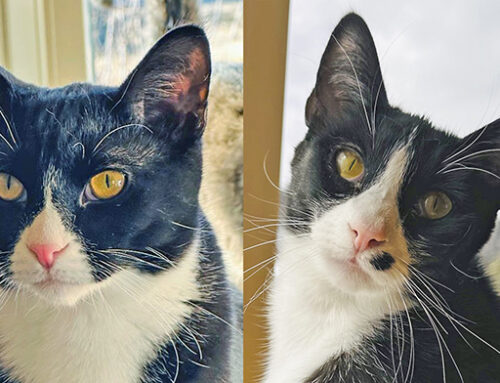
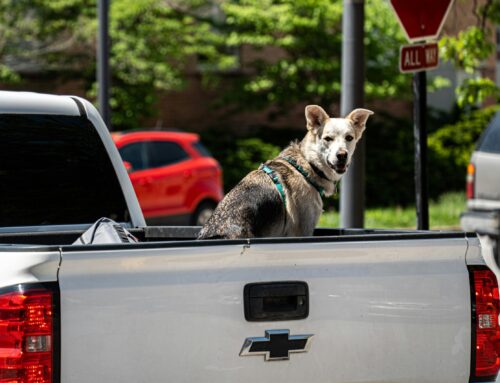
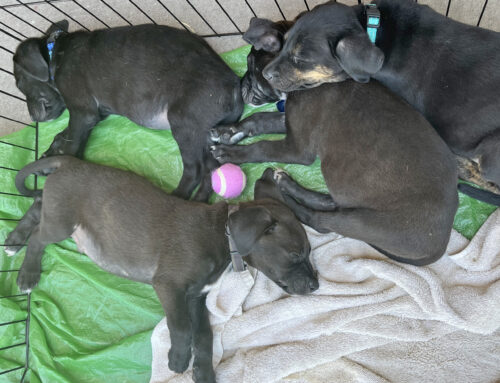


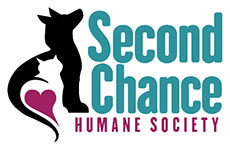
Leave A Comment